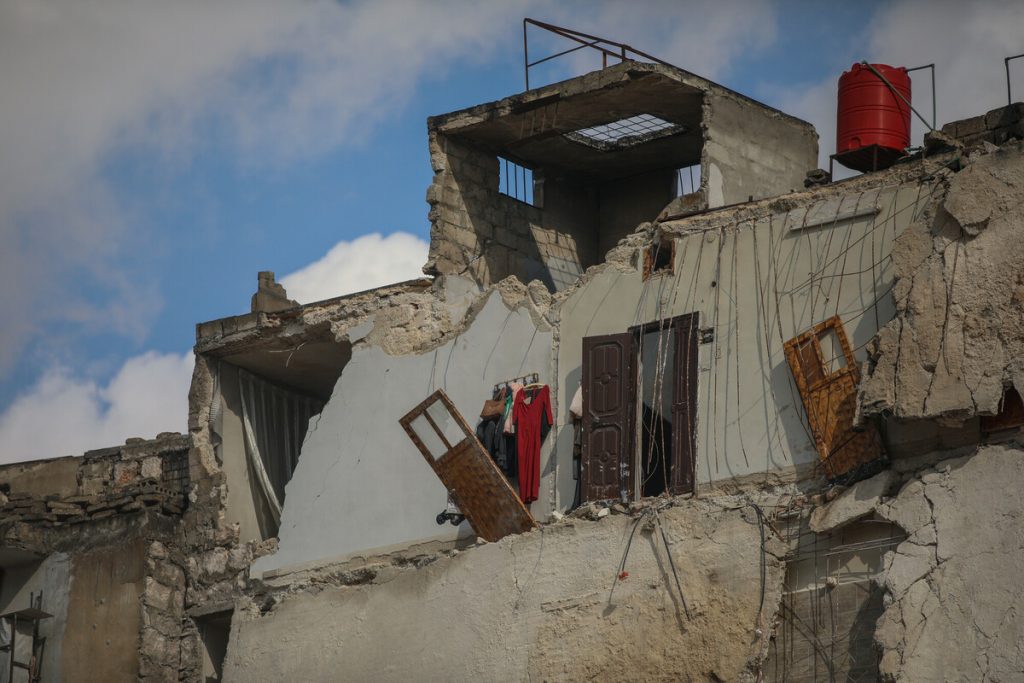Protection of women and girls: a bright idea
Sometimes we harm the people we try to help. As humanitarians we deliver life-saving assistance to people who need it, but sometimes, the way we provide that assistance can inadvertently cause harm, even after we’ve consulted the communities we work with on how best to deliver that assistance. No one can predict how dangers will emerge, particularly in an emergency, when different risks present themselves continuously, from bombs to kidnapping, snakes to exploitation. However, there are risks we can be certain will always present themselves in a crisis and sexual violence is one of those. This is why whenever we respond to a crisis we try to mitigate the risks of sexual violence, particularly those which might occur as a result of our work.
Imagine going to the toilet was one of the most dangerous things you could do in a day.
Imagine going to the toilet was one of the most dangerous things you could do in a day. This is the situation for women living in refugee and IDP camps all over the world. Latrines have consistently been reported as one of the most dangerous locations for women to visit within camps, with the threat of sexual violence being reported as high risk in locations across the world. After fleeing life threatening situations, refugee and IDP camps represent a place of safety for those forced to live there, however, at night time women and girls are unsafe trying to carry out the most basic of human functions.
Humanitarian actors have a responsibility to avoid causing harm and yet this pervasive risk is often ignored during the first stages of a response. Even when we do respond to the risk of sexual violence around latrines at night time, we don’t know what works, because to date there has been no research carried out on the topic. Sometimes this means that with the best intentions, we can actually increase risk.
At night time women and girls are unsafe trying to carry out the most basic of human functions.
For example, sometimes lighting is installed around WASH facilities, with the intention of helping people to see what’s happening around the latrines and reduce the threat of people hiding out of sight. This type of response makes logical sense and it is often requested by communities to mitigate the risk of sexual violence. However, lighting only the latrines can have an adverse effect as it makes them a beacon in an otherwise dark camp, causing men to congregate around them to benefit from the light to play cards, gamble or socialise at night. In such instances, the lights increase the presence of men around the women’s latrines and serve to increase the risk of sexual violence.
As a sector we are learning that light plays a significant role in people’s perceptions of safety and that whilst we usually associate light with safety, we need to be very careful with these assumptions.
To find the best solution to the problem of lighting latrines in emergencies and GBV Oxfam has partnered with the Water Engineering and Development Centre at Loughborough University to undertake research, with the support of the Humanitarian Innovation Fund. The research aims to establish how best to decrease the perceived risk of GBV around WASH facilities through the introduction of lighting. We are undertaking field research in Iraq, Nigeria and Uganda. We will also be collecting information from a range of other countries. We hope that through this research we can improve the safety of WASH facilities and decrease the risk of GBV for displaced people within camps.
About the Author
Kerry is a Protection Project Manager at Oxfam GB. She manages the Protection in Practice project, a DFiD funded project working across 10 countries on protection capacity building with local partners.

